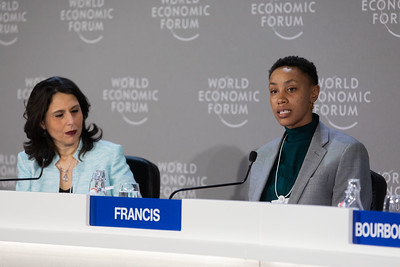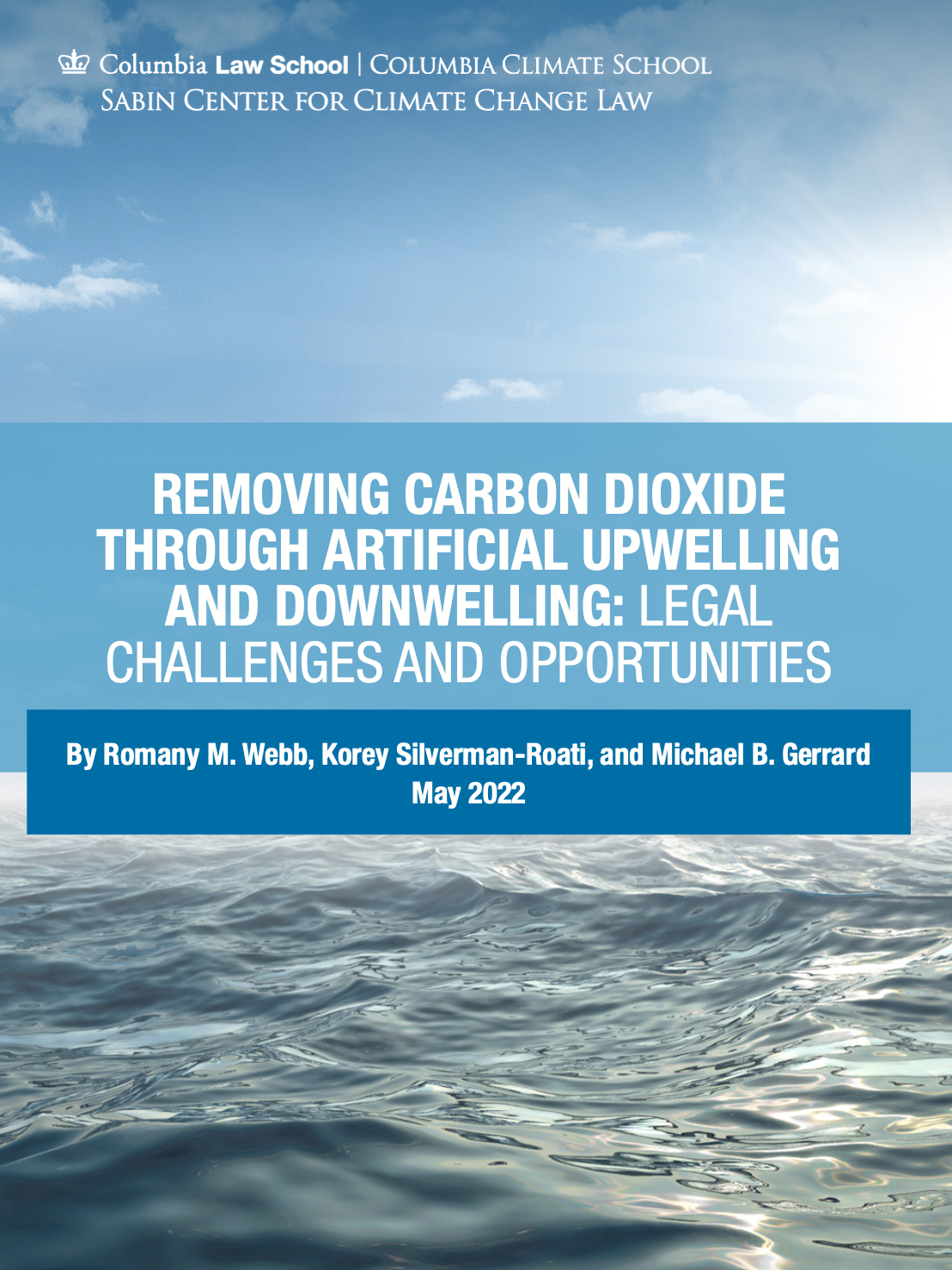 March 8, 2023, marked the start of the demonstration phase of Project Greensand, shipping carbon dioxide (CO2) from Belgium for storage in a depleted oilfield in the North Sea off the coast of Denmark. This blog post highlights three ways in which this pioneering carbon capture and storage (CCS) operation could advance the field—through its economic aspects, climate governance, and the pertinent international legal regime. This blog post details the latter: it discusses how a 2022 bilateral agreement between Belgium and Denmark authorizing the provisional application of the 2009 amendment to the London Protocol on CO2 export was instrumental for this cross-border operation.
March 8, 2023, marked the start of the demonstration phase of Project Greensand, shipping carbon dioxide (CO2) from Belgium for storage in a depleted oilfield in the North Sea off the coast of Denmark. This blog post highlights three ways in which this pioneering carbon capture and storage (CCS) operation could advance the field—through its economic aspects, climate governance, and the pertinent international legal regime. This blog post details the latter: it discusses how a 2022 bilateral agreement between Belgium and Denmark authorizing the provisional application of the 2009 amendment to the London Protocol on CO2 export was instrumental for this cross-border operation.
1. Economic advancements
The most obvious contribution of such a cross-border transportation of CO2 for overseas storage lies in its economic aspects. Experts have long debated the cost-effectiveness of cross-border shipping of CO2 for storage, often recommending an assessment based on case specific studies and scale. Recurrent analyses consider the following factors such as the distance and weather conditions during the journey, the capture technique, the storage location, the size of the ship, the design of tanks, the optimal volume and conditioning (including phase, temperature, and pressure) of the CO2 and the presence of impurities.
More specifically, the lack of operational data for CO2 shipping has been considered to impose conservative limitations on its cross-border transportation and storage. These limitations, at best, have not incentivized actors to actually pursue similar cross-border transportation and storage ventures, so far. Therefore, the unprecedented experience of shipping CO2 from Belgium for offshore storage in Denmark indicates that not only the current naval technology may be mature enough but also economically feasible.
2. Climate governance
Besides the economic contribution, this pioneering cross-border shipping and storage operation may advance CCS’ s role in climate governance. Key international actors understand CCS as a mitigation action aimed at achieving overall greenhouse gas emission reductions (rather than being a replacement). The Intergovernmental Panel on Climate Change (IPCC), for instance, in its seminal 2005 report on CCS, concluded that CCS could potentially reduce the overall climate mitigation costs while increasing flexibility regarding achieving greenhouse gas emission reductions. More recently, a study by the International Energy Agency found that reaching net zero without CO2 usage and storage is virtually impossible. Both of these studies, and others, support the use of CCS as a complement to emission reductions. But, of course, CCS is only one component of a portfolio of actions toward climate mitigation.
The Contribution of Working Group III to the IPCC’s Sixth Assessment Report concluded that global rates of CCS deployment are significantly below those in the modeled pathways for limiting global warming to 1.5°C or 2°C, underscoring that policy instruments, greater public support, and technological innovation are all needed to scale up deployment. To the extent that transboundary shipping of CO2 for offshore storage has already occurred, it demonstrates the interest in CCS from private parties as well as countries. Hence, it boosts momentum for similar projects in Europe (and beyond).
3. International Law: The London Protocol
Building on the economic advancements and the climate governance contribution of such a pioneering venture, this blog post now turns its attention to how Belgium and Denmark acted diligently under the applicable international law framework, specifically the London Protocol (LP).
3.1. The London Protocol’s key definitions
Article 6 of the LP provides that contracting parties shall not allow the export of wastes or other matter to other countries for dumping at sea. Dumping, according to Article 1 of the LP, refers to “any storage of wastes or other matter in the seabed and the subsoil thereof from vessels, aircraft, platforms or other man-made structures at sea.” Article 1 broadly defines “wastes and other matter” as a “material and substance of any kind, form or description,” whereas Annex I of the LP now includes CO2 streams from carbon capture processes for storage into sub-seabed geological formations among the authorized substances for dumping.
The LP, however, does not define “export.” Cross-border transportation of CO2 for permanent geological storage below the seabed was originally prohibited. In 2009, Norway made a formal proposal for an amendment to Article 6 to authorize the cross-border export of CO2 for geological storage. This amendment was adopted at the 2009 Conference of the Parties to the LP. The amendment is yet to enter into force, as it has not been ratified by two-thirds of the LP’s parties (thirty-six parties, according to the threshold established in article 21 of the LP). Progress on the amendment’s ratification has been slow; to date, only ten parties have formally accepted it.
3.2. The resolution on the provisional application of the 2009 amendment to the LP
Given the slow pace of the ratification of the 2009 amendment to Article 6, the Netherlands and Norway proposed, in 2019, a resolution on the provisional application of the amendment. The proposed resolution was adopted that same year in the Conference of the Parties to the LP. It enables the provisional (i.e., interim) application of the 2009 amendment to Article 6 for parties that conclude bilateral agreements or arrangements manifesting their consent to be bound by this amendment. Specific issues regarding the issuance of permits and liability for the export of CO2 were clarified in 2020, when the parties to the LP agreed on the Guidance on the Implementation of Article 6.2 on the Export of Carbon Dioxide Streams for Disposal in Sub-Seabed Geological Formations for the Purpose of Sequestration.
Parties to the LP must deposit with the Secretary-General of the International Maritime Organization (IMO) a declaration on the provisional application of the 2009 amendment and notify the IMO of any agreements and arrangements regarding permitting and liability for the export of CO2 for sub-seabed geologic storage. As long as parties to the LP fully comply with the terms of its 2019 resolution and its related guidance, parties will be complying with their obligations under the LP. Last year, Denmark and Belgium were the first parties to the LP to adopt a bilateral agreement on CO2 export. This unprecedented agreement is particularly relevant for international law purposes, as it sets the standard for the level of detail that parties to the LP need to provide IMO in the future.
4. Conclusion
Accordingly, the shipping of CO2 from Belgium for offshore storage in Denmark implemented all stages of the CCS chain in an international setting for the first time. As such, it advances economic aspects and climate governance considerations about CCS. It also highlights the importance of planning and cooperation in international law, ultimately incentivizing other countries to pursue similar navigation courses.
Carolina Arlota is an Associate Research Scholar at the Sabin Center for Climate Change Law, Columbia Law School.





